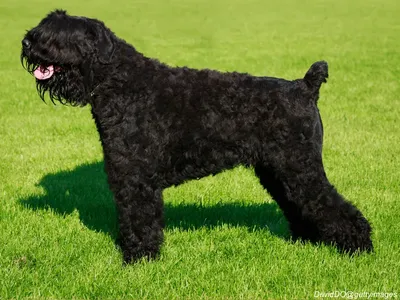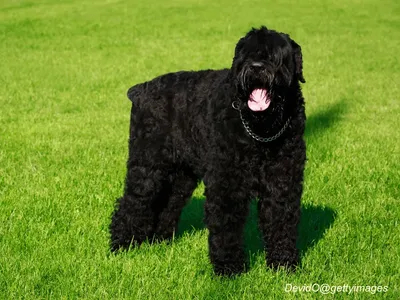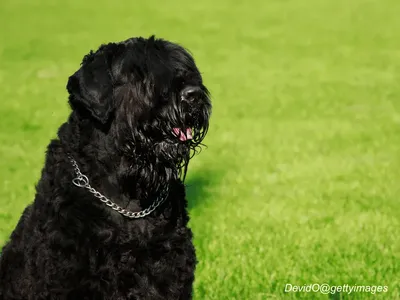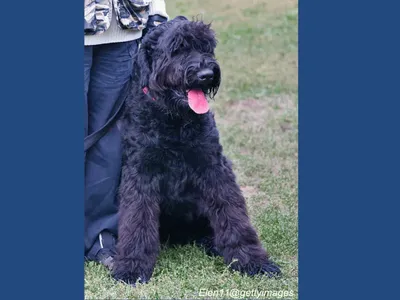Black Russian Terrier
AKC & CKC Working Group
Origin & History
The Black Russian Terrier was developed in the Soviet Union during the Cold War era as a military and working dog. Created in the famous Red Star Kennel, this breed was designed by crossing several breeds including the Giant Schnauzer, Airedale Terrier, Rottweiler, and Newfoundland, among others. The goal was to create an intelligent, powerful, and weather-resistant dog capable of performing various military and guard duties.
First bred in the late 1940s and 1950s, the Black Russian Terrier was initially used by the Soviet Army to guard military installations and patrol borders. The breed was declared a national treasure of Russia in 1981. These impressive dogs have transitioned from military service to becoming loyal family protectors while maintaining their strong working instincts.
Despite its name, the Black Russian Terrier isn't a true terrier but rather a working breed developed for protection and guard duties in harsh climates.
Stats:
- Height: 26-30 inches
- Weight: 80-140 pounds
- Coat: Double coat with dense undercoat and coarse outer coat
- Colors: Black (small white markings permitted)
- Lifespan: 10-12 years
| Traits: | 1 | 2 | 3 | 4 | 5 |
|---|---|---|---|---|---|
| Energy: Needs vigorous daily exercise and mental stimulation | ✓ | ||||
| Easy To Train: Intelligent and eager to please but requires firm handling | ✓ | ||||
| Grooming: High maintenance; requires regular brushing and professional grooming | ✓ | ||||
| Family Dog: Loyal and protective of family members | ✓ | ||||
| Watchdog: Excellent natural guardian with strong protective instincts | ✓ | ||||
| Beginner Friendly: Not recommended for novice owners | ✓ | ||||
| Prey Drive: Moderate | ✓ | ||||
| Barking: Will bark to alert but not excessively | ✓ | ||||
| Good with other dogs: Early socialization important; can be dog aggressive | ✓ |
Health Concerns:
- Hip/Elbow Dysplasia: Common joint issues in large breeds
- Progressive Retinal Atrophy: Degenerative eye disorder
- Heart Conditions: Including cardiomyopathy
- Juvenile Laryngeal Paralysis: Breathing disorder in young dogs
- Allergies: Skin and food allergies
- Hyperuricosuria: Predisposition to bladder stones
Please check the Canine Health Information Center (CHIC) and parent breed clubs for health information.
Glossary of general canine health conditions.



